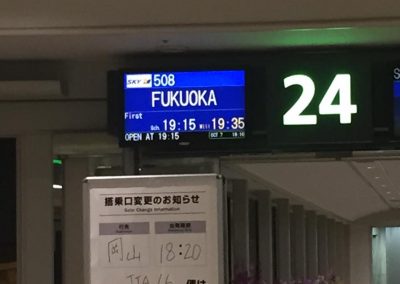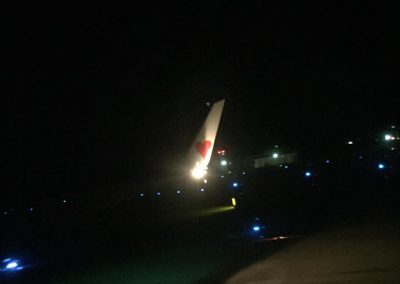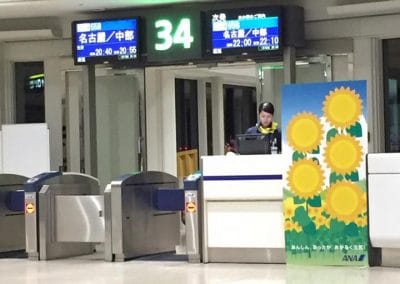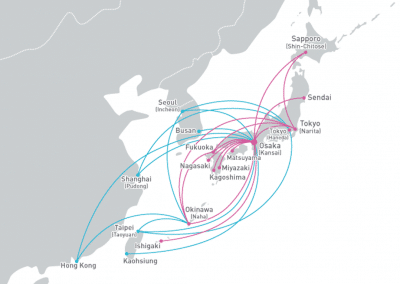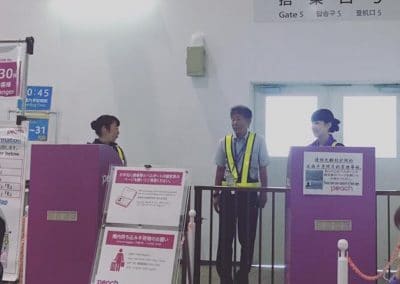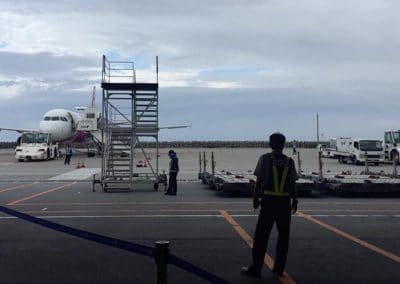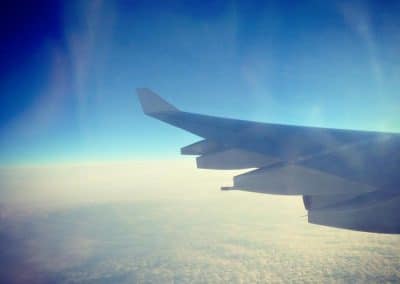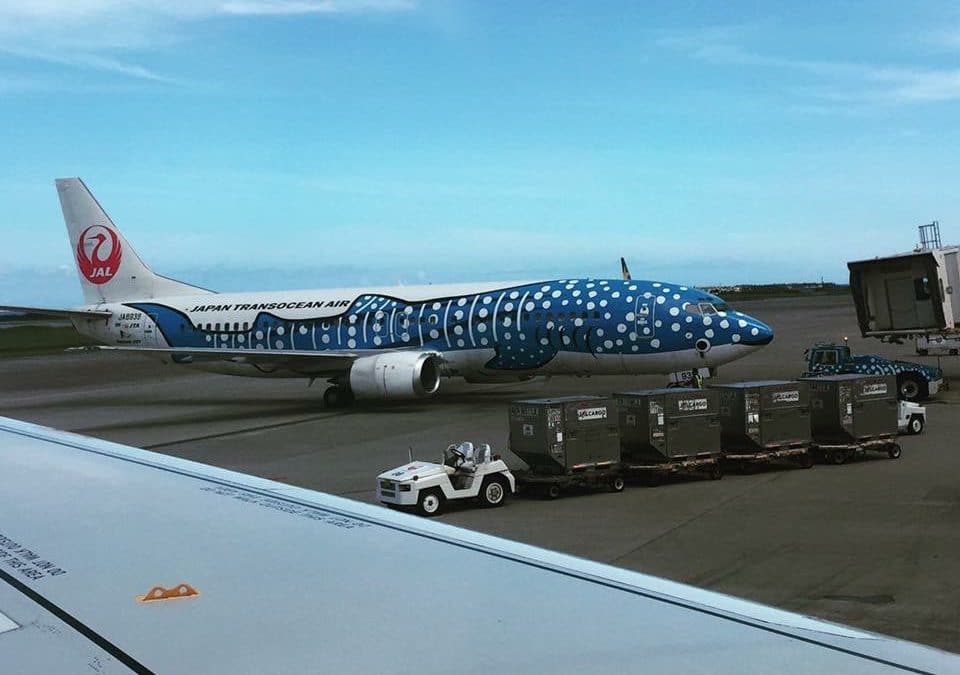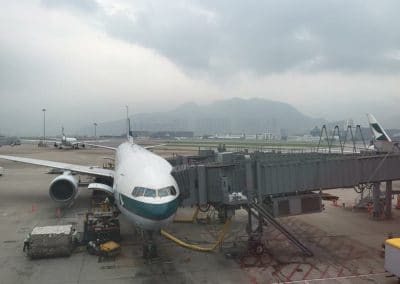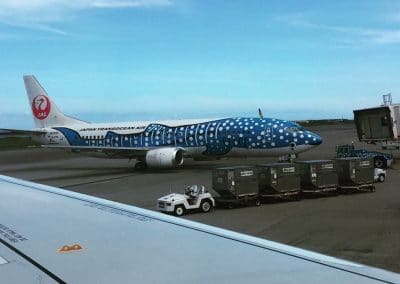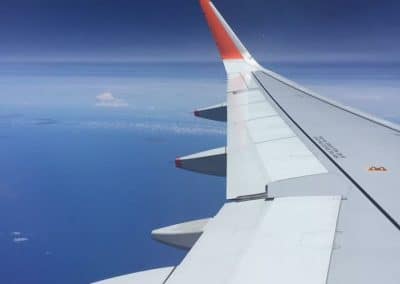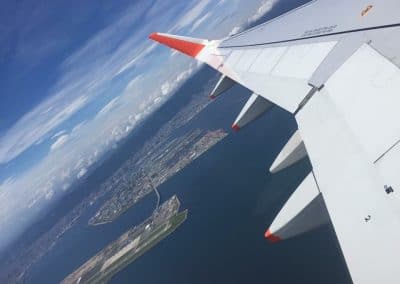
Hong Kong Airlines A350
Hong Kong Airlines is introducing A350s into it’s fleet with the first aircraft flying short haul training and familiarization routes between Taipei and Bangkok. I took a flight to Bangkok to experience the new aircraft.
The first sector was a night flight so I had a chance to experience the seat as a bed. The seats are in a 1-2-1 staggered layout parallel to the cabin, i.e not herringbone. First impression was that the seat felt quite close to the screen. I wondered how it would be when fully reclined and how much space there was, but more of that later. The seat has a generous foot rest with space underneath for shoes. It’s definitely a lot more roomy than the coffin box that you get on other A350 business classes. Finnair’s foot section is tiny in comparison and doesn’t leave you much space at all to move your feet. The seat has storage to the left with enough space for a thin laptop if you remove the magazines and place them in the slot under the screen after take off. Missing though is any other significant storage. The side table is large and there’s a cubby hole for the headphones to hang in, but you can’t use this for take off and landing. Even the water holder can’t be used for take off and landing, which is weird but apparently an Airbus rule. It’s a pretty glaring oversight that no storage has been added to the seat that can be used before at cruise.
The seat itself is comfortable to sit and it has standard J class functions with upright, sleep and recline positions with individual controls to tweak it how you want it. Compare to the herringbone layouts it’s nice to sit close to the large windows if you’re in a window seat. When made into a bed it’s fully flat and feels spacious. There’s no width differences between shoulders and legs ala BA. Also as mentioned the foot rest is very roomy compared to a lot of other airlines in J. This make a significant difference in your comfort and ability to move while asleep. The only point I found on the short flight was that it felt quite firm in bed mode and I can see me getting uncomfortable on a long flight. A mattress topper would easily solve this and hopefully something HX invests in in the future. Also, compared to the herringbone layout where you can be quite exposed to the aisle, the window seats are very private with the table and console separating you from the aisle. This should mean a better sleep with less irritation from the aisle.
For work, the table is sturdy and a decent size. The only weird thing is that at least on the window seat compared to the center, the table is off center from the seat. This means that in order to work on a laptop you need to angle the table to get a decent working set up for your screen and keyboard. Bit strange and would have thought this would be easily solved during the seat design by having a longer arm extending from the bulkhead. There’s also onboard wifi, with a free option available if you watch a quick HX video or quite well priced longer options compared to other airlines. I didn’t test the wifi speed but it did seem quite sluggish while simply trying to download a WhatsApp photo. Maybe OK for emails or messages but not much else.
Entertainment wise the screen is big and clear with a decent selection of movies and TV. There’s also live Satellite TV with BBC and CNN as well as a live Sports channel. The camera views are always fun to watch! Headphones are HX own brand and noise canceling.
The cabin itself is improved on other HX aircraft and they’ve finally realized that they had way too much red before. The red bulkhead has gone and the cabin now feels much more light and airy. Also gone are the red curtains.
Where HX shines is in the cabin service. Crew are generally very friendly and motivated to provide a good flight to their passengers. As any frequent flyer knows this can make or break a flight. Where the service does need work is on the food options. HX love to do tie ups with hotels or celebrity chefs but really what’s need is an increase in budget to their meals or a change of caterer. Meals seem overtly fancy often but with a lack of presentation and quality. Simpler but higher quality meals would be a significant improvement.
Finally it’s interesting to note that on these two new aircraft crew report they have quite a high defect rate in the cabin, something I’ve seen before on CX and AY A350 aircraft as well. There do seem to be issues with how well Airbus is fitting out these planes, hopefully their air frame engineering is better than the cabin quality!
Overall HX has the potential to do well with these aircraft on long haul. They need to sort out the defects and fast. Having a toilet non operational on a brand new aircraft for a week isn’t good enough. As is deferring defects that should be fixed rapidly. They also need to work on long haul crew training, meal quality and add a mattress topper like their parent airline Hainan. With their young motivated friendly crew, other airlines better watch out!

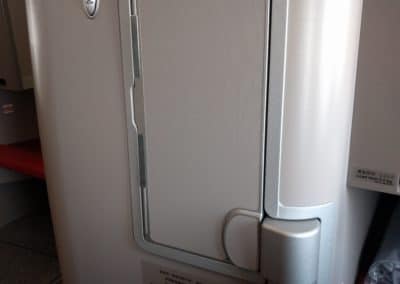
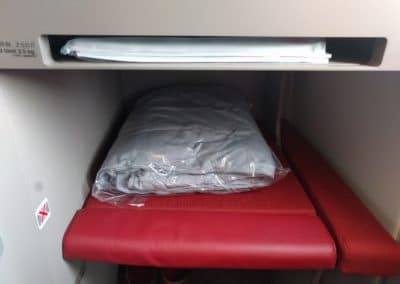
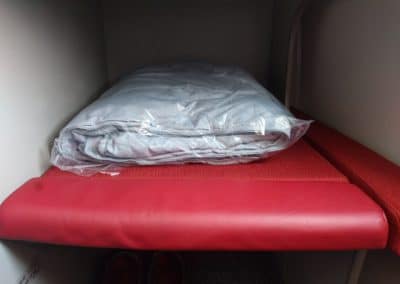
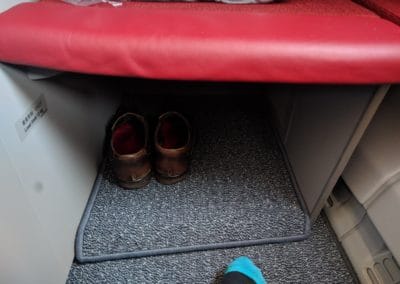
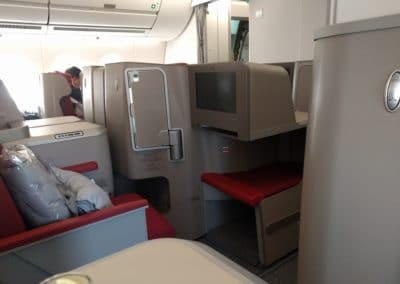
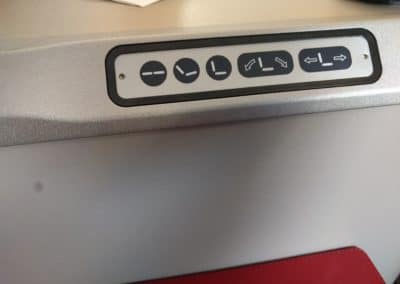
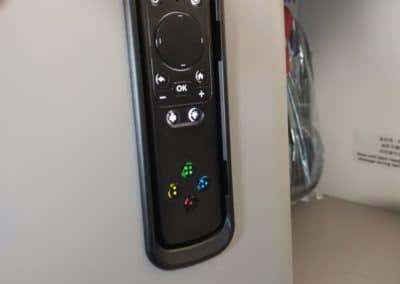
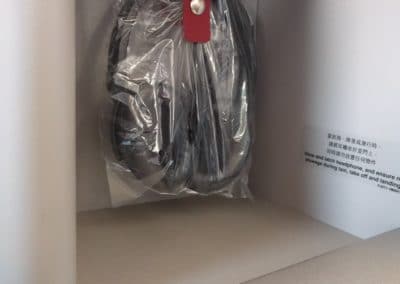
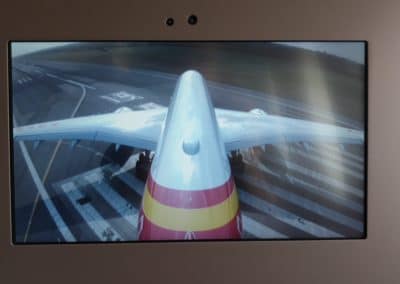
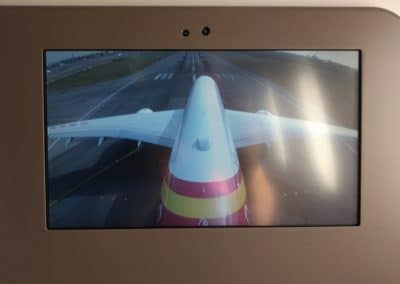
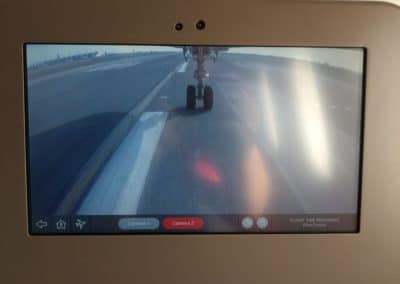
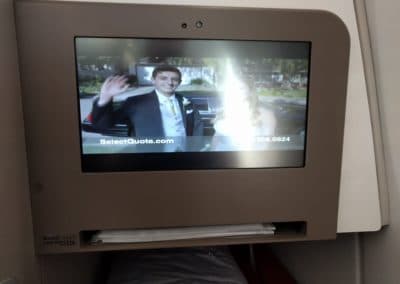
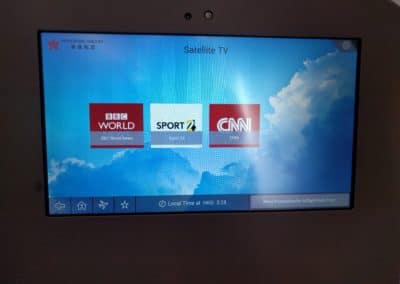
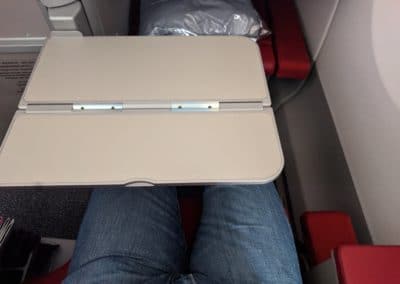
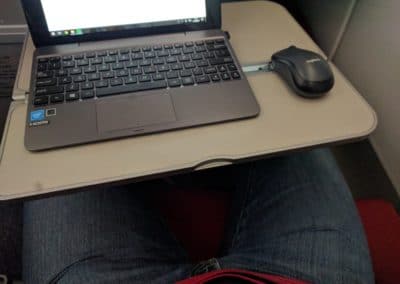

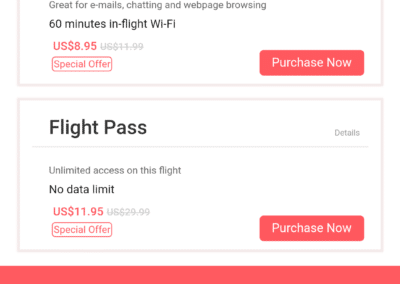
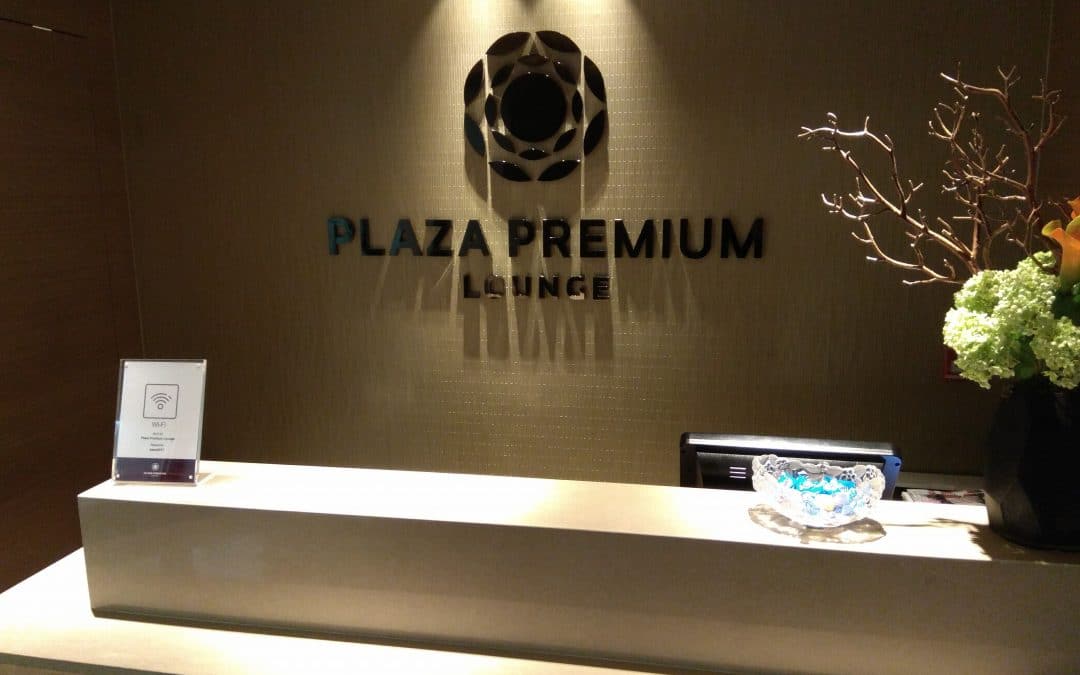



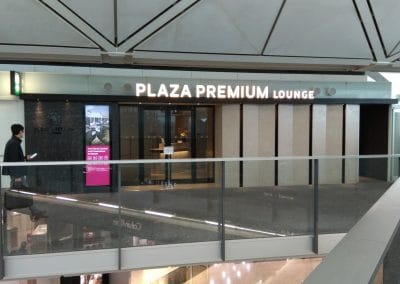


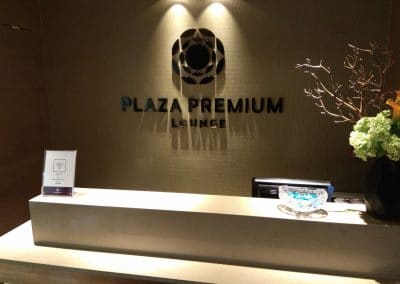
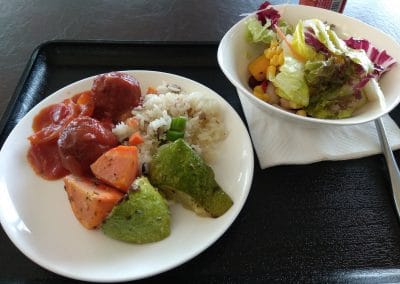
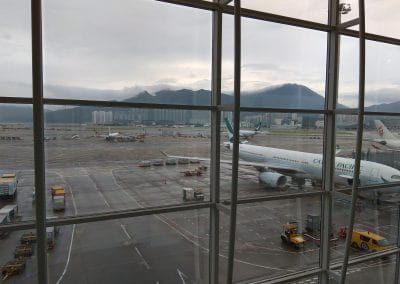
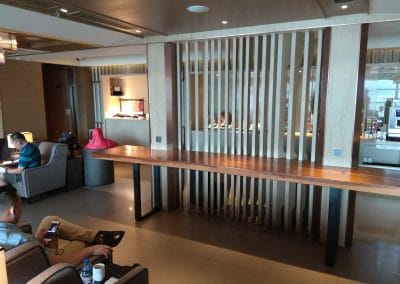
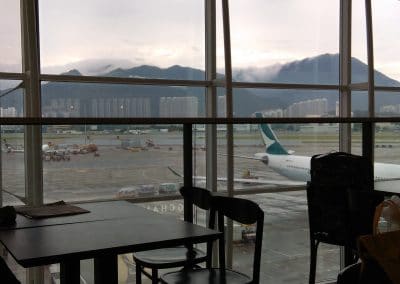
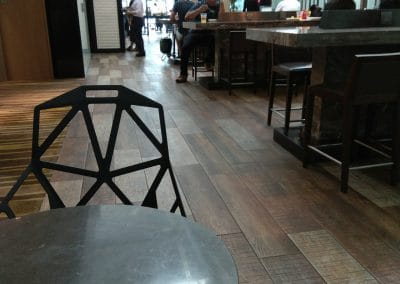
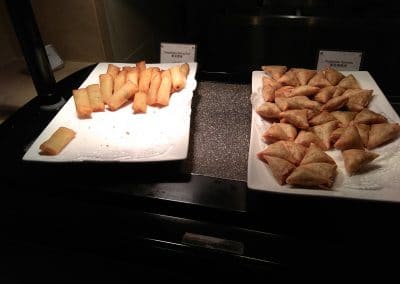


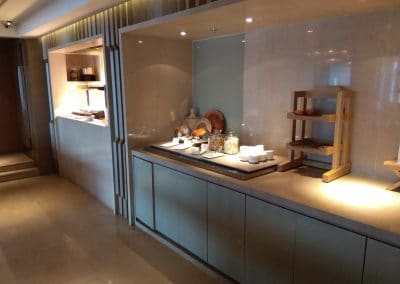
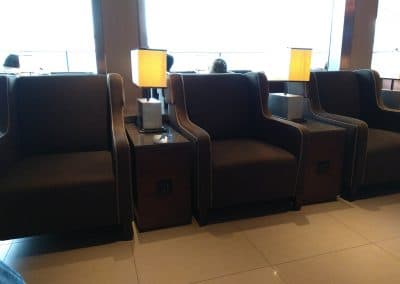



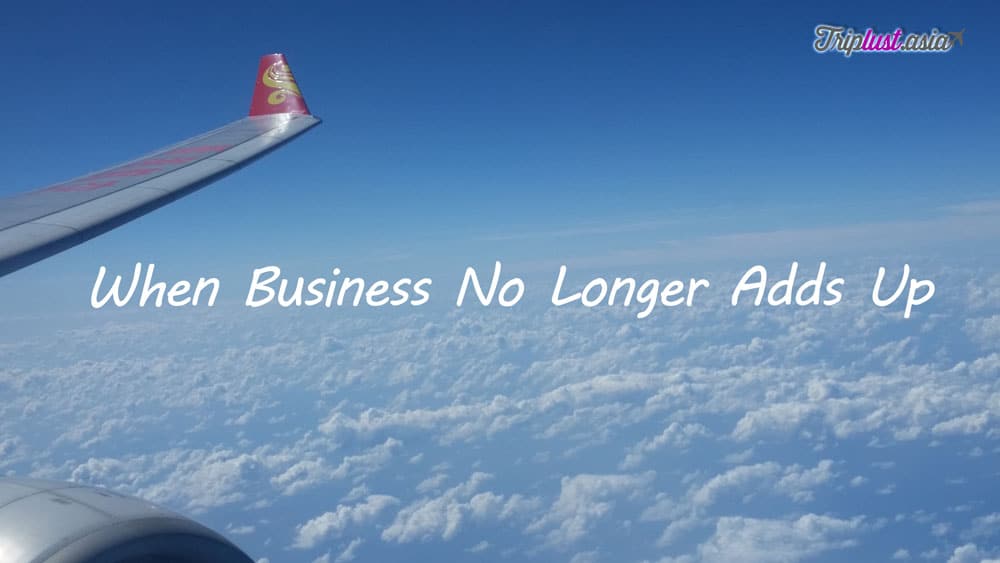

 Skymark is a LCC (low cost carrier) serving Japan, with it’s hub airports being Tokyo, Fukuoka, Kobe, and Okinawa. They also fly to Nagasaki, Kagoshima, Nagoya, Ibaraki, and Sapporo, but how do they stack up compared to the other LCC’s? Let’s take a look.
Skymark is a LCC (low cost carrier) serving Japan, with it’s hub airports being Tokyo, Fukuoka, Kobe, and Okinawa. They also fly to Nagasaki, Kagoshima, Nagoya, Ibaraki, and Sapporo, but how do they stack up compared to the other LCC’s? Let’s take a look.